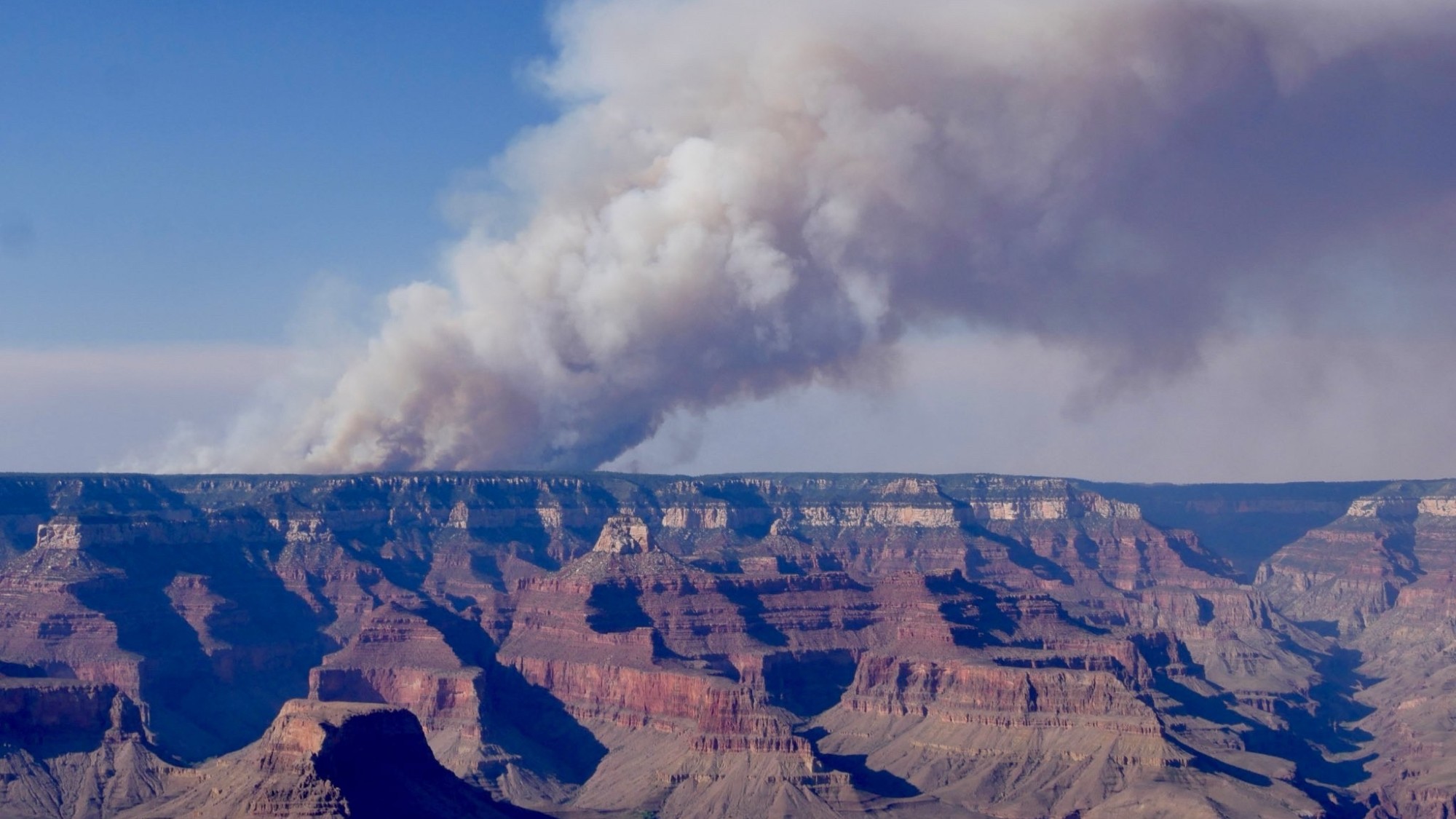Searching for Iraq’s doomsday weapons
Saddam Hussein has bowed to international pressure and offered to let the United Nations resume weapons inspections in Iraq. What might the inspectors find?
Why are inspections necessary?
Hussein has a proven record of aggression, deceit, and willingness to kill his enemies with unconventional weapons. His regime has twice invaded neighboring countries—Iran in 1980 and Kuwait in 1990. Iraqi troops killed tens of thousands of Iranians with mustard and nerve gases; in 1988, Saddam used poison gas on Kurdish villages who were rebelling against his rule, killing more than 6,000 men, women, and children. In 1990, Saddam’s troops and tanks overran neighboring Kuwait and took over its oil fields. When the U.N. ordered him to withdraw, his son-in-law later reported, Saddam fitted 25 Scud warheads with anthrax and botulinum toxin; if enemy troops rolled into Baghdad to depose him, his doomsday plan was to fire these special Scuds at Israel and Saudi Arabia.
Weren’t Saddam’s weapons destroyed?
The Week
Escape your echo chamber. Get the facts behind the news, plus analysis from multiple perspectives.

Sign up for The Week's Free Newsletters
From our morning news briefing to a weekly Good News Newsletter, get the best of The Week delivered directly to your inbox.
From our morning news briefing to a weekly Good News Newsletter, get the best of The Week delivered directly to your inbox.
After Iraq was crushed in the Gulf War, his regime claimed to have destroyed nearly all of their Scuds and biological and chemical weapons. But the U.N. didn’t take his word for it, and sent in the United Nations Special Commission, known as UNSCOM, to inspect suspicious sites. The inspectors found that Saddam had been lying. They discovered a cache of 12,747 artillery shells filled with mustard gas, as well as equipment used for making biological, chemical, and nuclear weapons. In 1995, experts received intelligence reports of “mind-boggling” quantities of biological growth material—used for brewing deadly bioweapons—and confronted the regime, said Iraq expert Laurie Mylroie in the Middle East Intelligence Bulletin. Iraq denied even having a biological-weapons program. Then Saddam’s son-in-law Hussein Kamil defected.
What did Kamil reveal?
Kamil, who was in charge of Iraq’s unconventional weapons program, told the U.N. what Saddam was making, and where he was making it. Based on his tips, inspectors destroyed several plants used for making biological weapons. But Kamil warned that Saddam had already hidden away stockpiles of lethal biological agents—including aflatoxin, which causes liver cancer; the Ebola virus; and anthrax. Iraq also hid and upgraded 20 al-Hussein rockets, which could deliver chemical and biological weapons over a 400-mile range—including Israel and most of the Middle East.
Why weren’t they found?
A free daily email with the biggest news stories of the day – and the best features from TheWeek.com
U.N. inspectors complained that their Iraqi handlers routinely phoned ahead to warn officials at suspicious factories and warehouses. While the U.N. motorcade approached, Iraqi workers were busily “moving stuff out the back door,” a British diplomat said. In 1995, Iraq admitted having produced 3.3 tons of VX, a highly lethal nerve gas, but claimed to have destroyed it. When UNSCOM demanded proof, Iraqi officials assured them the documents simply didn’t exist. One Western diplomat said Iraqi leaders shrugged their shoulders as if to say, “We’re sorry, but we’re a Third World country and the dog ate it.”
What about nuclear weapons?
In 1996, the International Atomic Energy Agency concluded that Iraq only needed 35 pounds of enriched uranium to make an atomic bomb. U.N. inspectors destroyed some precision machinery that could have been useful in making a bomb, but Rolf Ekeus, UNSCOM’s first chairman, warned that it was only a matter of time before it would be replaced. “Saddam will get a bomb,” Ekeus said. “Every day, they are more advanced.” British Prime Minister Tony Blair said this week that Iraq has tried to purchase uranium in Africa, and U.S. officials say Iraq has tried to smuggle in equipment for enriching uranium. The head of German intelligence, August Hanning, warns, “Iraq will have an atomic bomb within three years.”
Why did the inspections stop?
The inspectors left in December 1998, frustrated that the Iraqi regime was blocking their work. Shortly after the team was safely out of Baghdad, the U.S. and Britain blasted suspected weapons sites with cruise missiles in a three-day assault dubbed Operation Desert Fox. Saddam refused to let the monitors back in for nearly four years, despite a withering U.N. embargo.
Who are the new inspectors?
The U.N.’s team consists of 220 experts from 44 countries. After UNSCOM’s expulsion, the Security Council created this group to be more palatable to Saddam’s regime. Unlike their predecessors, who worked with tips from U.S. and Israeli intelligence, the members of United Nations Monitoring, Verification and Inspection Commission, known as UNMOVIC, won’t be allowed to have contact with outside intelligence agents. Instead, they will have to search known pharmaceutical factories and military sites, and hunt for evidence of weapons materials.
Will the inspections work?
The best the U.N. can hope for is to slow Saddam’s progress on rebuilding his arsenal. Iraq is a large country, with 168,000 square miles—about the size of California. Most experts say inspectors cannot possibly search out all weapons of mass destruction in a nation of that size, especially if Hussein is playing cat-and-mouse games, moving his deadly caches from place to place. “I don’t want to knock the new inspection regime or my successors’ efforts or abilities,” said David Kay, a former inspector who led the initial nuclear inspections in Iraq in the early 1990s, “but their task is damn near a mission impossible.” Parisoula Lampsos, a defector who claims to have been Saddam’s mistress for 30 years, recently backed up that view in an interview with ABC News. Lampsos said the strongman laughed at the inspectors the U.N. sent in from 1991 to 1998. “Let them come,” he said. “They will not find anything.”
Ritter’s change of heart
The Iraqis called Scott Ritter “a cowboy,” and were relieved when the former U.S. Marine quit the U.N. inspections team in 1998. In resigning, Ritter warned that Saddam Hussein was defying the U.N., and criticized President Bill Clinton for failing to do anything about “a real and meaningful threat.” But in the past four years, Ritter’s views have made a complete turnaround. “Iraq,” he now says, “represents a threat to no one.” U.N. inspectors destroyed 95 percent of Iraq’s weapons, he says, and the U.N. embargo has cut Saddam’s military budget from $19 billion a year to about $1.4 billion—far too little to develop an atomic bomb or fund other weapons programs. Ritter has made a documentary film about disarmament in Iraq, and on a recent trip to Baghdad, he urged the Iraqi National Assembly to prove to the world that Iraq had no weapons of mass destruction. He says the Bush administration has no valid justification for going to war. “No one knows what’s happening in Iraq today,” Ritter told CNN. “And we can’t go to war based on ignorance.” In a recent Wall Street Journal article, Stephen F. Hayes wondered if Ritter’s new perspective might be the result of $400,000 he’s received from an Iraqi-American businessman sympathetic to Saddam. Ritter says the money was a loan to help fund his documentary, not a payment, and that he simply wants the U.S. to follow international law. “We cannot presume guilt,” Ritter says.
-
 What will next year’s housing market look like?
What will next year’s housing market look like?The Explainer Here is what to expect from mortgage rates and home prices in 2026
-
 Is Trump in a bubble?
Is Trump in a bubble?Today’s Big Question GOP allies worry he is not hearing voters
-
 ‘Managed wildfires have spread out of control before’
‘Managed wildfires have spread out of control before’Instant Opinion Opinion, comment and editorials of the day